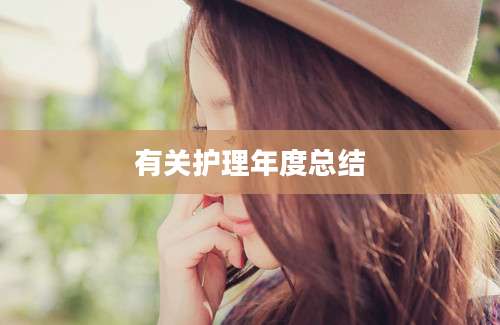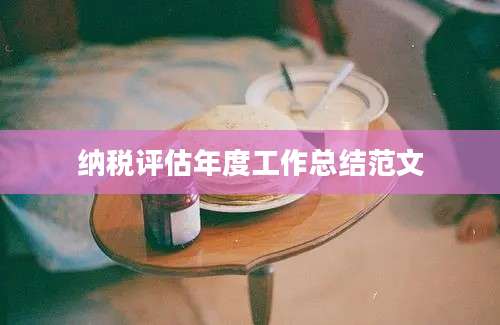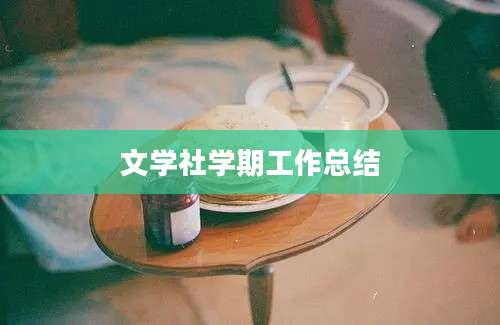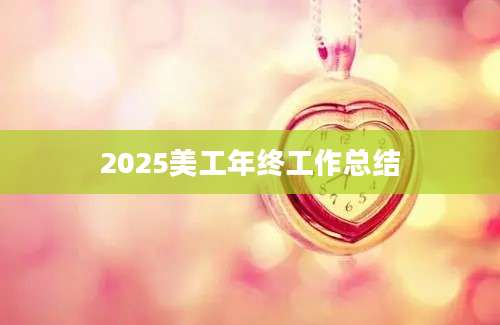范文:
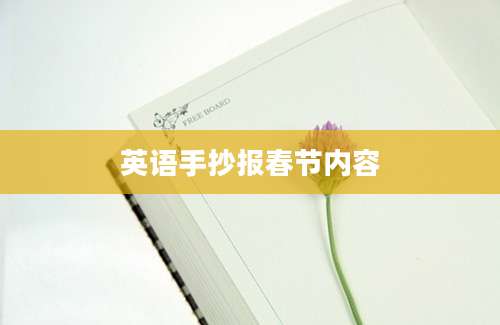
《春节快乐》英语手抄报内容
Title: Happy Spring Festival!
Background:
A vibrant red and gold color scheme, with traditional Chinese patterns and symbols.
Main Content:
1. Spring Festival Celebration in China
Description: "The Spring Festival, also known as Chinese New Year, is the most important traditional festival in China. It is a time for family reunions, feasts, and the exchange of red envelopes filled with money."
2. Traditions and Customs
Description: "During the Spring Festival, people clean their homes to sweep away bad luck, wear new clothes for good luck, and set off fireworks to ward off evil spirits. The reunion dinner is a major event where families gather to enjoy a sumptuous meal."
3. Food and Sweets
Description: "Dumplings and Spring Rolls are traditional dishes eaten during the Spring Festival. Nian Gao, a sweet rice cake, symbolizes a high and prosperous year ahead."
4. Festive Decorations
Description: "Red lanterns, couplets, and paper cuttings are common decorations. The fu character, which means happiness, is often seen."
5. Fireworks and Firecrackers
Description: "Fireworks and firecrackers are used to celebrate the arrival of the new year and to bring good fortune. It is a lively and vibrant way to mark the occasion."
6. Greeting Cards and Red Envelopes
Description: "People exchange greeting cards and red envelopes filled with money as a way to show their best wishes. Red is a symbol of good luck and happiness in Chinese culture."
7. Folklore and Legends
Description: "The Spring Festival is also associated with various legends, including the story of Nian, a mythical beast that is afraid of the color red and loud noises."
8. Modern Celebrations
Description: "Today, the Spring Festival includes modern elements like shopping sprees, concerts, and digital celebrations, alongside the traditional customs."
9. Wishing for the Future
Description: "As we celebrate the Spring Festival, let us wish for health, happiness, and prosperity for everyone in the new year."
10. Conclusion
Description: "The Spring Festival is a time of joy and celebration, bringing people together and reminding us of the values of family and tradition."
Common Questions and Answers:
1. What is the Spring Festival?
The Spring Festival, also known as Chinese New Year, is the most important traditional festival in China, celebrated annually to mark the beginning of the lunar new year.
2. When is the Spring Festival?
The Spring Festival is celebrated on the first day of the first month of the lunar calendar, which usually falls between January 21 and February 20 in the Gregorian calendar.
3. Why is the Spring Festival red?
Red is a symbol of good luck and happiness in Chinese culture, and is commonly used in decorations, clothing, and gifts during the Spring Festival.
4. What is the significance of the reunion dinner?
The reunion dinner is a significant tradition where families gather to celebrate the New Year, as it represents the unity and love of family members.
5. What are the traditional foods eaten during the Spring Festival?
Traditional foods include dumplings, spring rolls, nian gao (sweet rice cake), and fish, which symbolizes abundance and prosperity.
6. Why do people wear new clothes during the Spring Festival?
Wearing new clothes is a sign of good luck and a fresh start for the new year, as it represents the shedding of the old and welcoming the new.
7. What are the origins of the Spring Festival?
The Spring Festival has roots in ancient agricultural practices and is believed to have originated from the celebration of the harvest.
8. How is the Spring Festival celebrated in different parts of China?
The Spring Festival is celebrated across China with various regional customs and traditions, such as dragon dances, lantern shows, and local festivals.
9. Why are fireworks and firecrackers set off during the Spring Festival?
Fireworks and firecrackers are set off to scare away evil spirits and bring good luck, as well as to celebrate the arrival of the New Year.
10. What are red envelopes?
Red envelopes are small, decorative envelopes filled with money given as a gift during the Spring Festival. They symbolize good fortune and are often given to children and younger relatives by elders.






